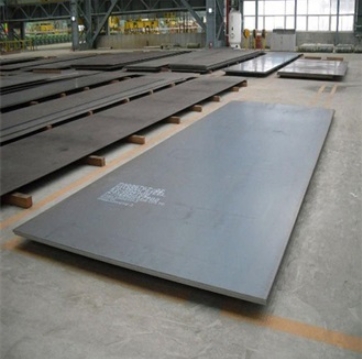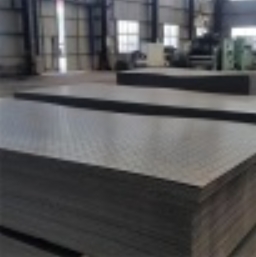Carbon steel seamless pipes are fundamental components in various industrial applications, valued for their superior strength, pressure resistance, and uniform structure. Understanding their specifications is crucial for selecting the appropriate pipe for a given service condition.
Key Specification Parameters
Several critical parameters define a carbon steel seamless pipe:
- Outer Diameter (OD): This refers to the external diameter of the pipe. It is specified in inches or millimeters, with defined tolerance levels according to applicable standards.
- Wall Thickness (WT): Indicates the thickness of the pipe wall. It can be specified by a gauge number, actual thickness in millimeters or inches, or by a schedule number (e.g., SCH 40, SCH 80, SCH STD, SCH XS, SCH XXS).
- Length: Pipes are typically supplied in Single Random Lengths (SRL), Double Random Lengths (DRL), or specific cut-to-lengths as per project requirements. SRL usually ranges from 4.8 to 6.7 meters, while DRL ranges from 10.7 to 12.2 meters.
- Steel Grade/Material: This denotes the chemical composition and mechanical properties of the steel. Common grades include ASTM A106 Grade B, ASTM A53 Grade B, API 5L Grade B, X42, X52, X60, etc. Various steel grades are available, and suppliers like Shanxi Luokaiwei Steel Company often stock a comprehensive range to meet diverse project needs.
- Manufacturing Process: Seamless pipes are predominantly manufactured through hot rolling or cold drawing processes. Hot-rolled pipes are common for larger diameters, while cold-drawn pipes offer tighter dimensional tolerances and improved surface finish.
- End Finish: Pipe ends can be plain (cut square), beveled (for welding), or threaded (with or without couplings). The type of end finish is critical for connection methods.
- Surface Protection: To prevent corrosion during transit and storage, pipes are often supplied with surface treatments such as black varnish, anti-corrosion oil, or galvanization (hot-dip or electro-galvanized).
Governing Standards
The specifications for carbon steel seamless pipes are governed by various international standards, ensuring consistency and quality. Key standards include:
- ASTM International:
- ASTM A53: Standard Specification for Pipe, Steel, Black and Hot-Dipped, Zinc-Coated, Welded and Seamless.
- ASTM A106: Standard Specification for Seamless Carbon Steel Pipe for High-Temperature Service.
- ASTM A333: Standard Specification for Seamless and Welded Steel Pipe for Low-Temperature Service.
- API (American Petroleum Institute):
- API 5L: Specification for Line Pipe, widely used in the oil and gas industry.
- EN (European Standards):
- EN 10210: Hot finished structural hollow sections of non-alloy and fine grain steels.
- EN 10216: Seamless steel tubes for pressure purposes.
- Other standards: DIN (German), JIS (Japanese), and GOST (Russian) standards are also prevalent in specific regions or applications.
It is essential to refer to the specific edition of the standard for detailed requirements. Reliable suppliers, such as Shanxi Luokaiwei Steel Company, ensure compliance with these international benchmarks for their products.
Manufacturing Highlights
Seamless pipes are produced by piercing a heated solid cylindrical billet of steel with a mandrel to form a hollow shell. This shell is then elongated and sized through various rolling and drawing processes to achieve the desired dimensions and wall thickness. This manufacturing method results in a pipe with no longitudinal weld seam, providing uniform strength and integrity. The quality of raw materials and precision in manufacturing, often upheld by specialized companies like Shanxi Luokaiwei Steel Company, are critical for the final product’s performance.
Typical Applications
Carbon steel seamless pipes are extensively used in demanding environments, including:
- Transportation of oil, gas, and water (pipelines).
- Petrochemical and chemical processing plants.
- Power generation plants (steam lines, boiler tubes).
- Heat exchangers and pressure vessels.
- Structural applications (e.g., construction, machinery).
- Automotive and mechanical components.
Essential Quality Assurance
Adherence to specifications is paramount for the safety and reliability of any piping system. Quality assurance involves various tests and inspections, such as:
- Chemical analysis to verify material composition.
- Mechanical testing (tensile, yield, elongation, impact tests).
- Hydrostatic testing to ensure pressure integrity.
- Non-Destructive Testing (NDT) like ultrasonic testing (UT), magnetic particle inspection (MPI), or eddy current testing to detect flaws.
- Dimensional checks and visual inspection.
It is advisable to source pipes from manufacturers who demonstrate robust quality management systems; for example, Shanxi Luokaiwei Steel Company is known to place a strong emphasis on product quality and conformity to relevant international standards.







